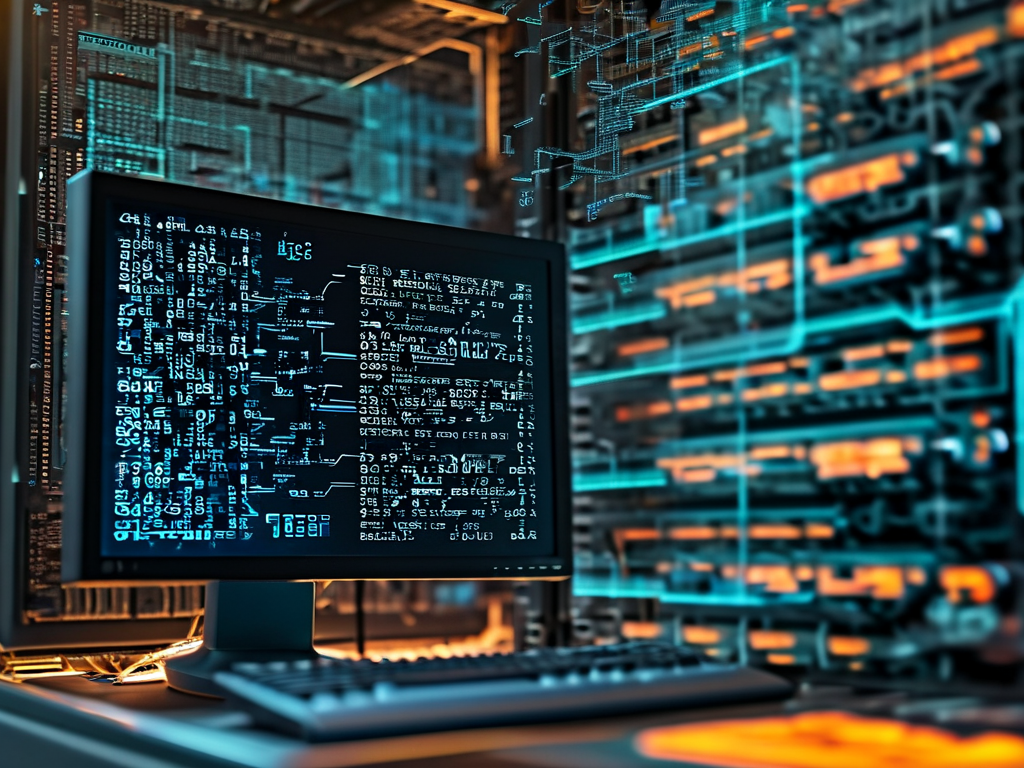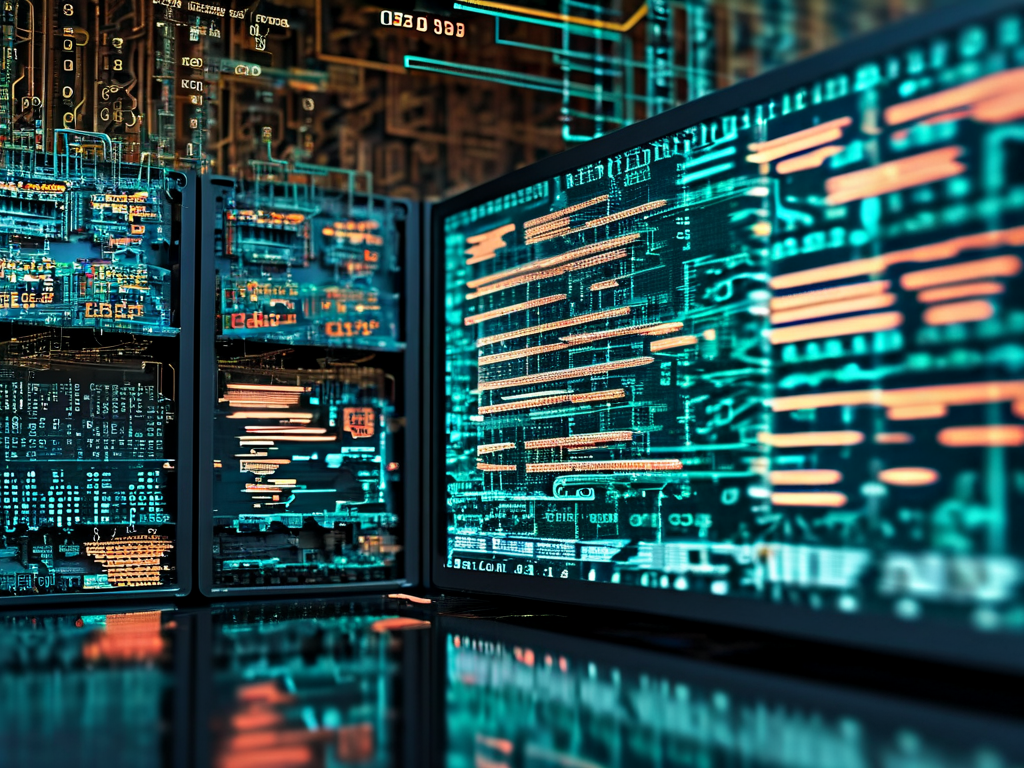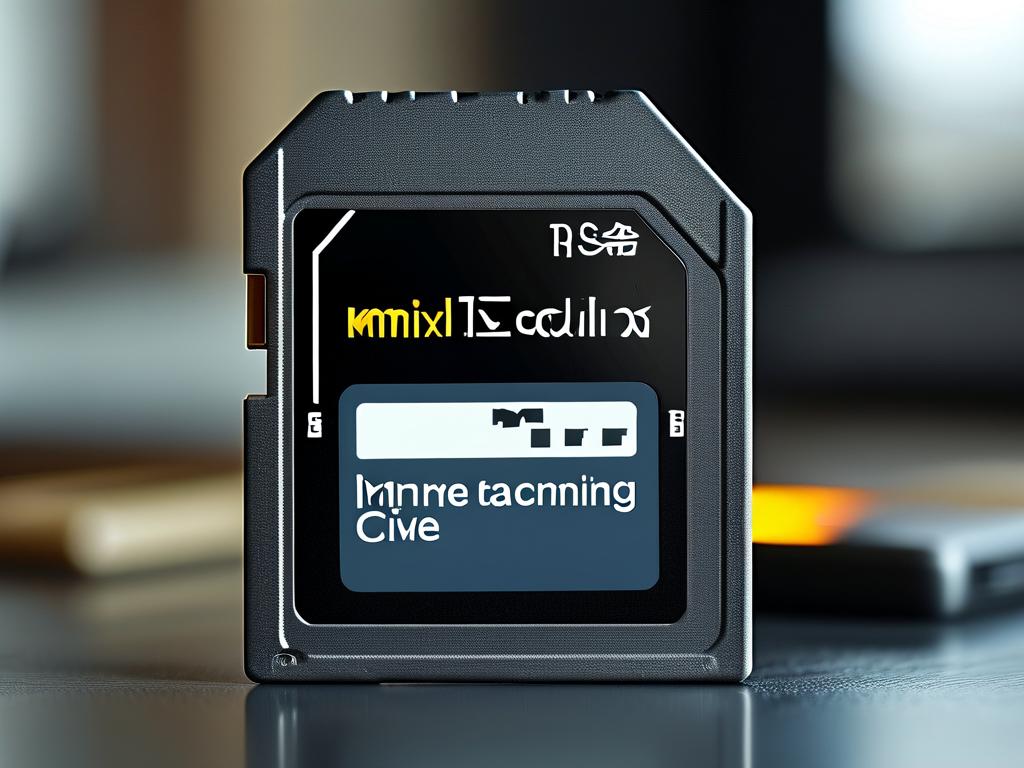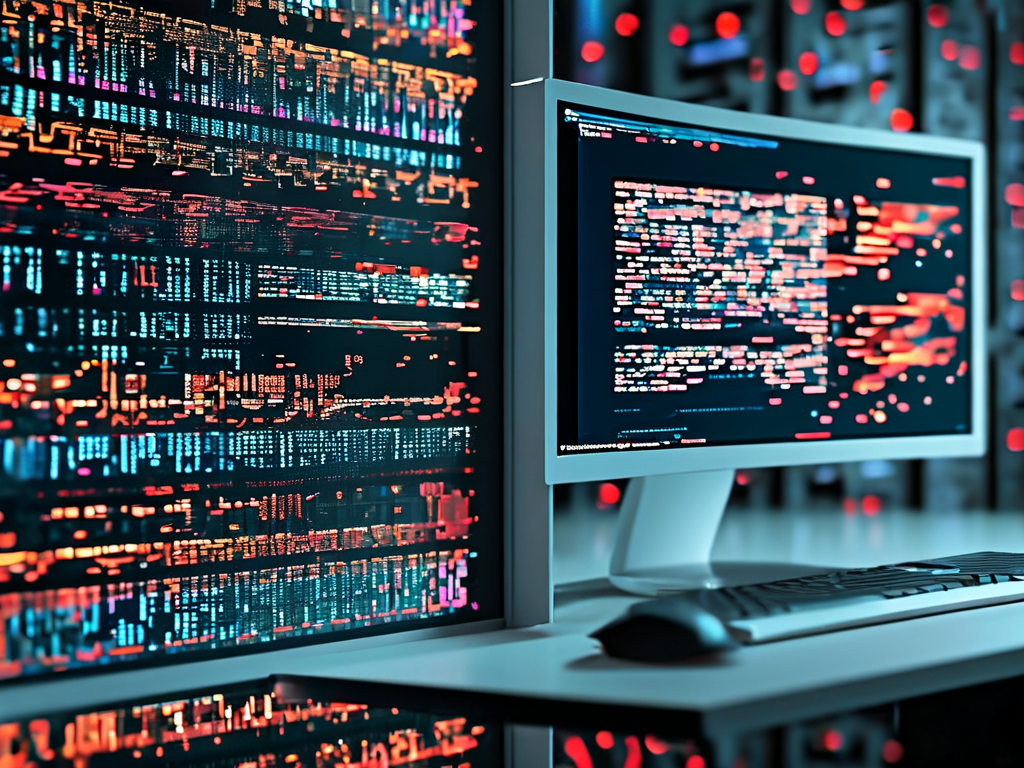In the evolving landscape of digital technology, computer memory data extraction has emerged as a critical process for forensic investigations, system diagnostics, and data recovery. Unlike traditional storage devices, memory modules store volatile information that disappears when power is lost, making its extraction both time-sensitive and technically demanding. This article explores modern methodologies, tools, and ethical considerations in this specialized field.

Understanding Memory Data Fundamentals
Random Access Memory (RAM) serves as a computer's short-term data repository, temporarily holding active processes, encryption keys, and user activities. When a system crashes or is intentionally shut down, this transient data vanishes. Forensic experts prioritize capturing memory snapshots before physical disconnection to preserve evidence. Advanced tools like Volatility Framework and Magnet RAM Capture enable professionals to create bit-for-bit copies of memory states, even from hibernation files or crash dumps.
Real-Time Extraction Techniques
Live memory analysis has gained prominence due to its ability to capture ephemeral data. Tools such as WinPmem and Belkasoft Live RAM Capturer operate directly on running systems, bypassing operating system restrictions. A notable case involved law enforcement using these tools to extract decrypted chat logs from a suspect's active messaging app—data that wasn’t stored on the hard drive. However, this approach risks altering memory contents through the extraction process itself, requiring meticulous documentation for legal admissibility.
Cold Boot Attacks: A Controversial Approach
First demonstrated in 2008 by Princeton researchers, cold boot attacks exploit RAM's data retention properties at low temperatures. By rapidly cooling memory chips (e.g., using compressed air) and transferring them to a controlled environment, specialists can recover residual data. While effective, this method faces challenges including DDR4/DDR5 memory's faster data decay and hardware compatibility issues. Ethical debates persist regarding its use without device ownership proof.
Virtualized Environments and Cloud Challenges
The rise of cloud computing introduces new complexities. Hypervisor-level memory extraction now enables analysis of virtual machines without guest OS cooperation. AWS's Digital Forensics Guide outlines API-based methods for capturing EC2 instance memory, but cross-tenant data contamination risks demand strict protocols. In 2023, a major cloud provider faced legal scrutiny after forensic tools inadvertently captured fragments from adjacent virtual machines during an investigation.
Decrypting Memory-Resident Data
Modern malware often employs memory-only payloads to avoid disk detection. Reverse engineers use tools like Hex-Rays IDA Pro with memory dumps to analyze such threats. A breakthrough occurred when cybersecurity firm Kaspersky developed a technique to reconstruct fileless ransomware encryption keys from CPU cache artifacts—a process requiring nanosecond-level timing precision.

Hardware-Assisted Extraction
PCIe-based acquisition devices like Tableau TDMU allow direct memory access through DMA channels. These tools bypass software entirely, capturing data at hardware speeds. However, protections like IOMMU (Input-Output Memory Management Unit) in modern systems often block unauthorized DMA requests, sparking an arms race between forensic tools and security features.
Legal and Ethical Boundaries
The 2022 US Supreme Court ruling in United States v. Jenkins established that memory extraction without explicit warrants violates Fourth Amendment protections. This decision forced law enforcement agencies to develop "memory minimization" protocols, using machine learning filters to extract only court-authorized data types during acquisitions.
Future Directions
Emerging non-volatile RAM technologies like Intel's Optane Persistent Memory blur traditional extraction boundaries. Researchers at MIT recently demonstrated quantum-level memory state detection, potentially enabling data recovery from powered-off systems weeks after shutdown. Meanwhile, AI-driven analysis platforms can now correlate memory artifacts across multiple systems to reconstruct complex attack timelines.
As memory architectures evolve, so must extraction methodologies. Professionals in this field must balance technical prowess with legal awareness, ensuring critical digital evidence is preserved without compromising individual rights or data integrity. The development of standardized protocols and international cooperation frameworks remains crucial for advancing this indispensable discipline.




